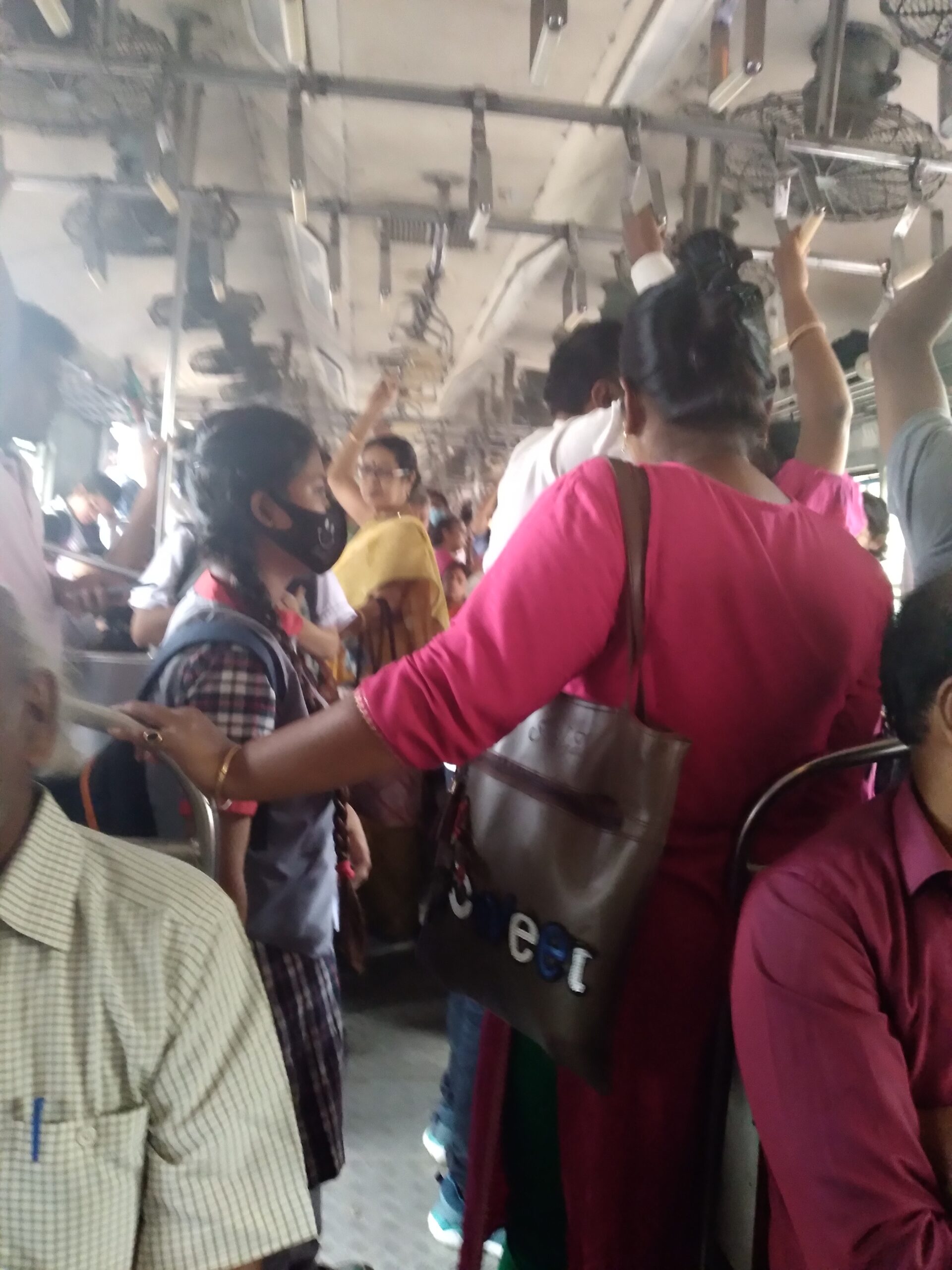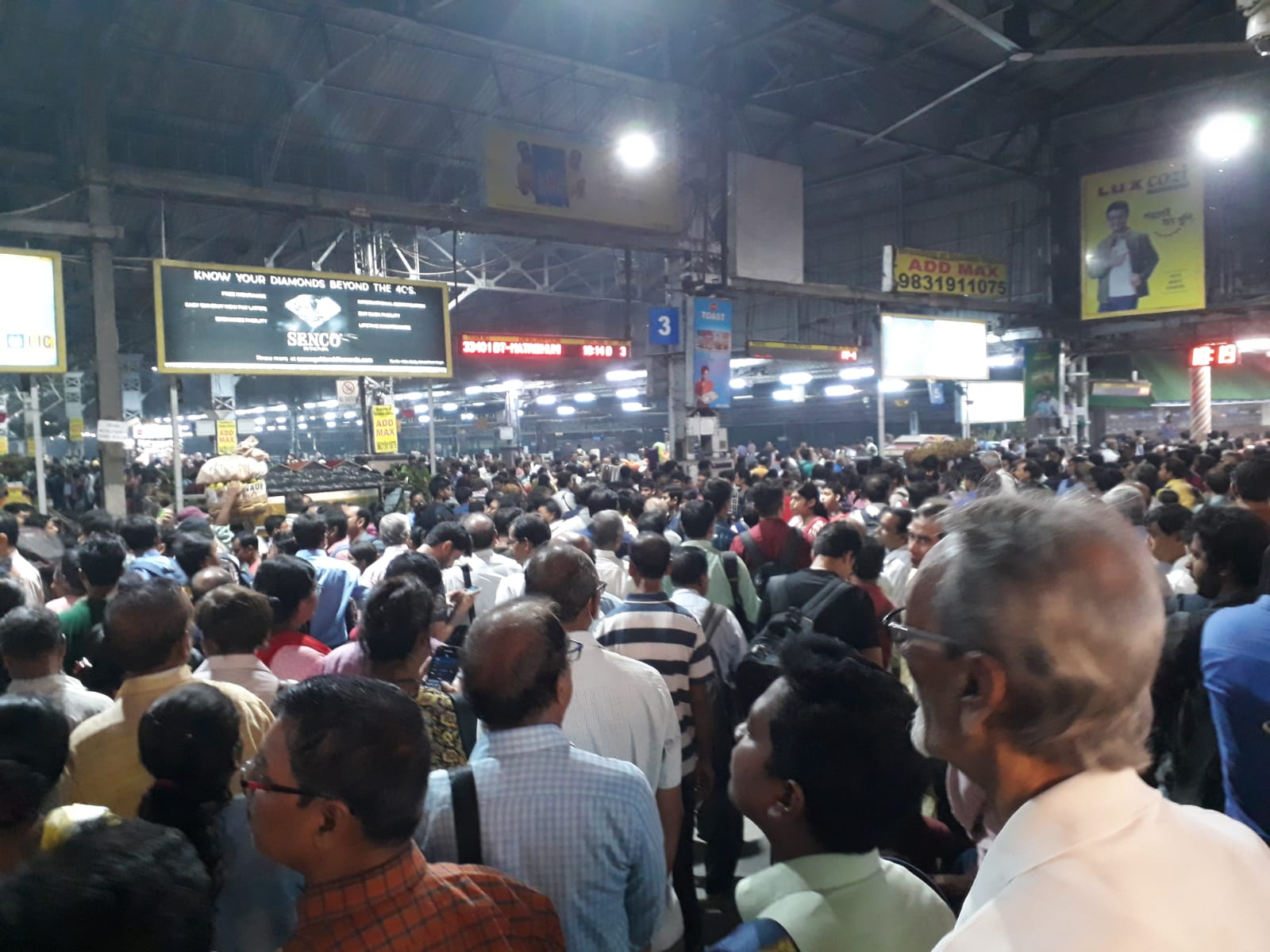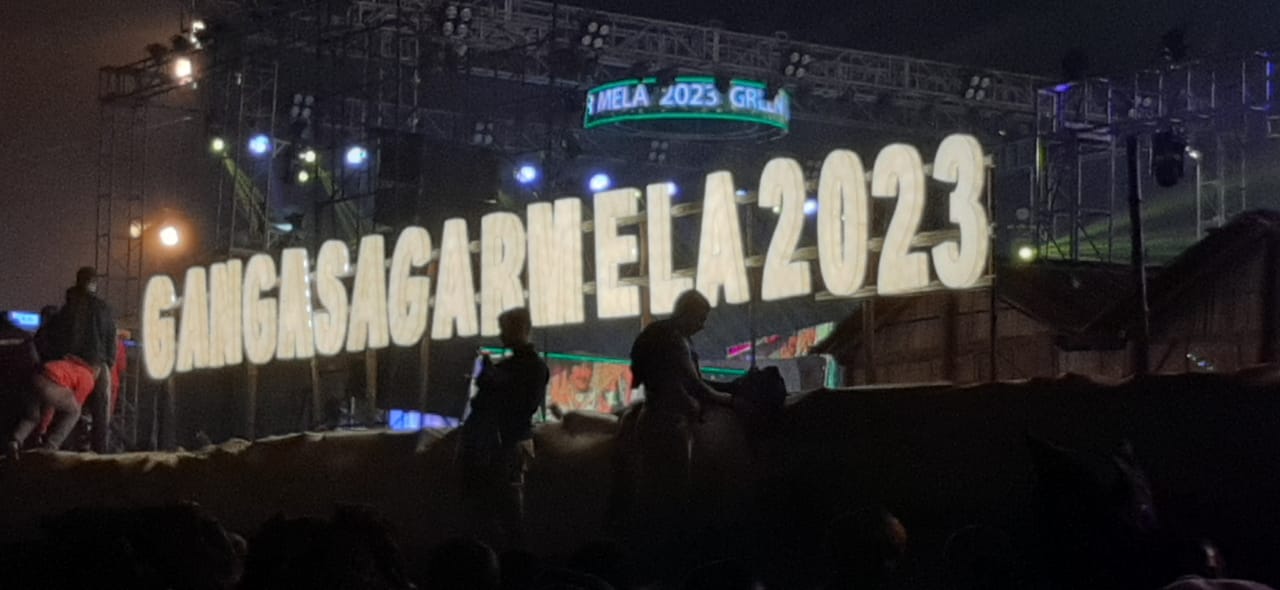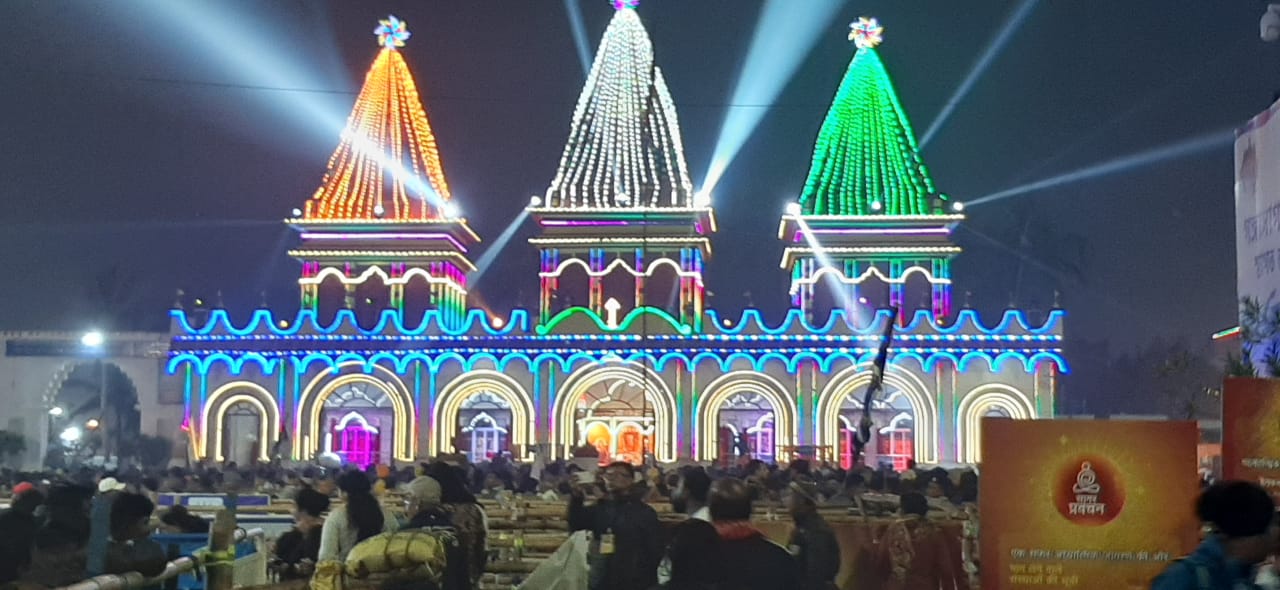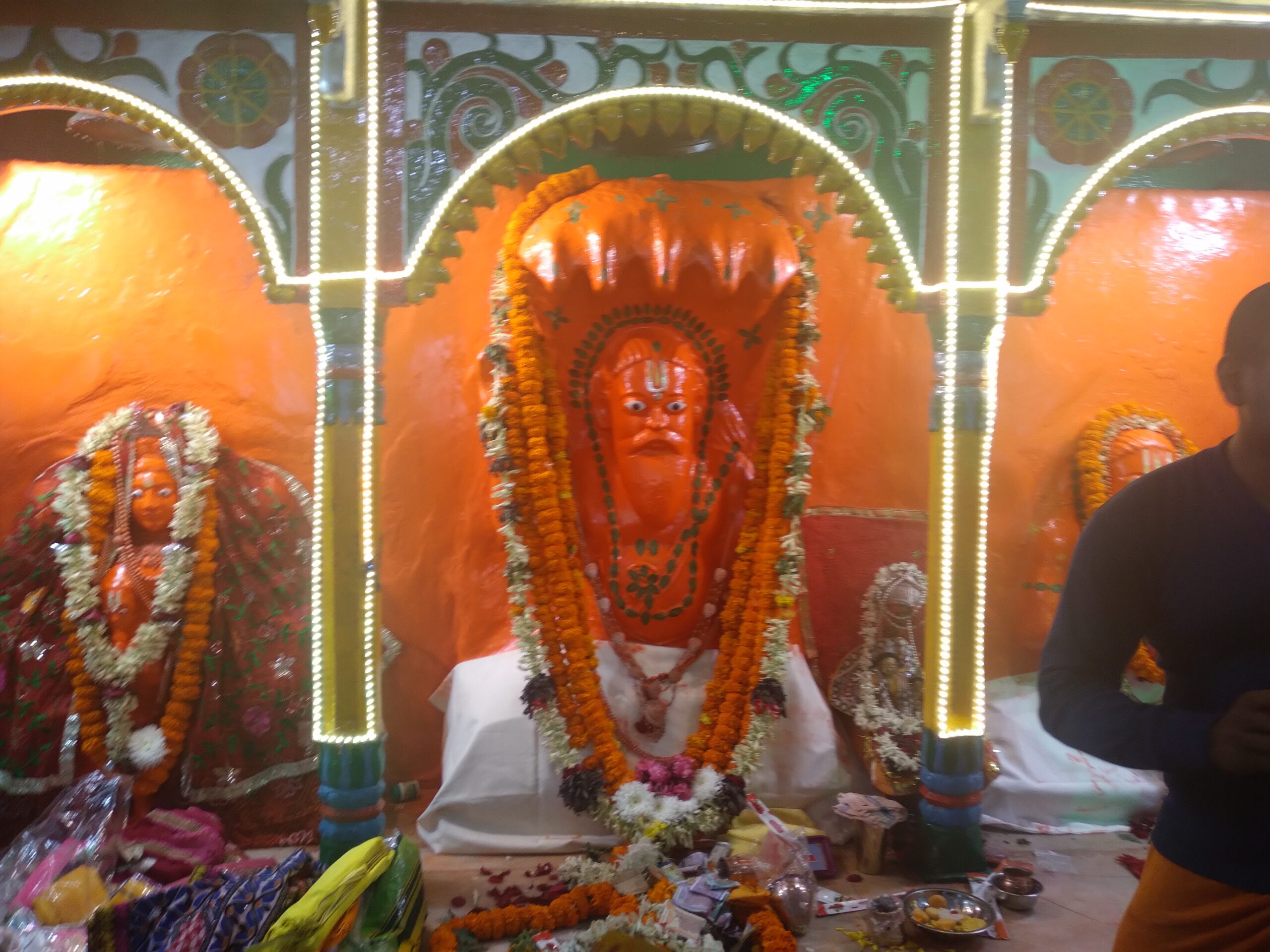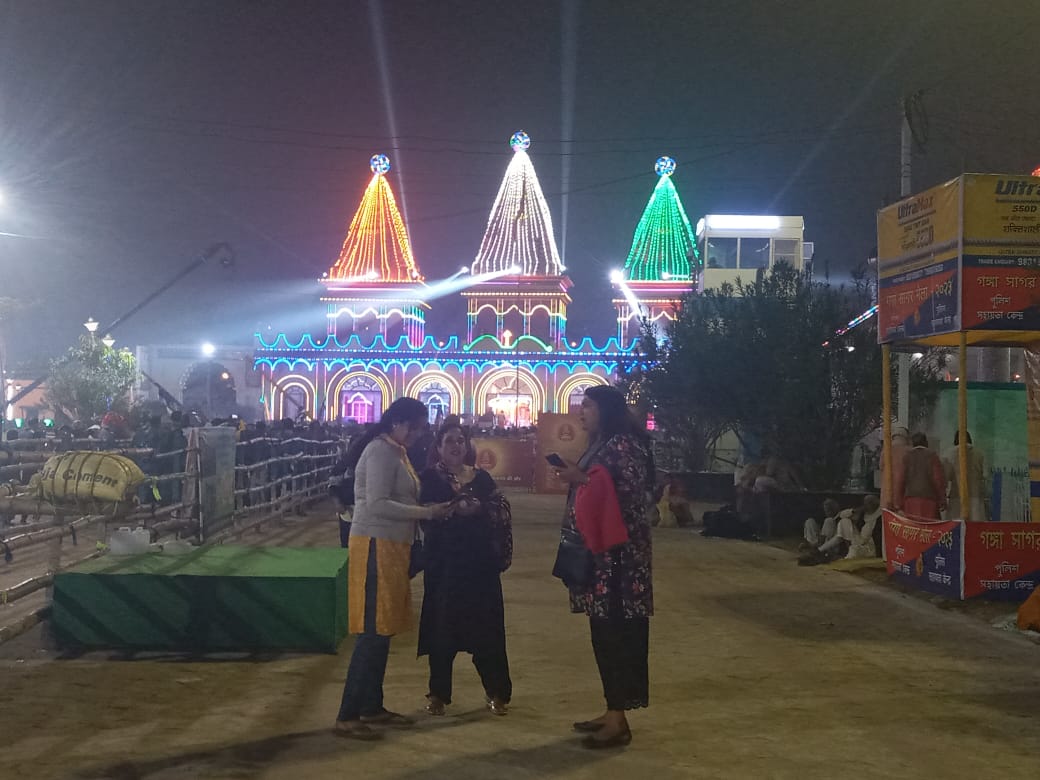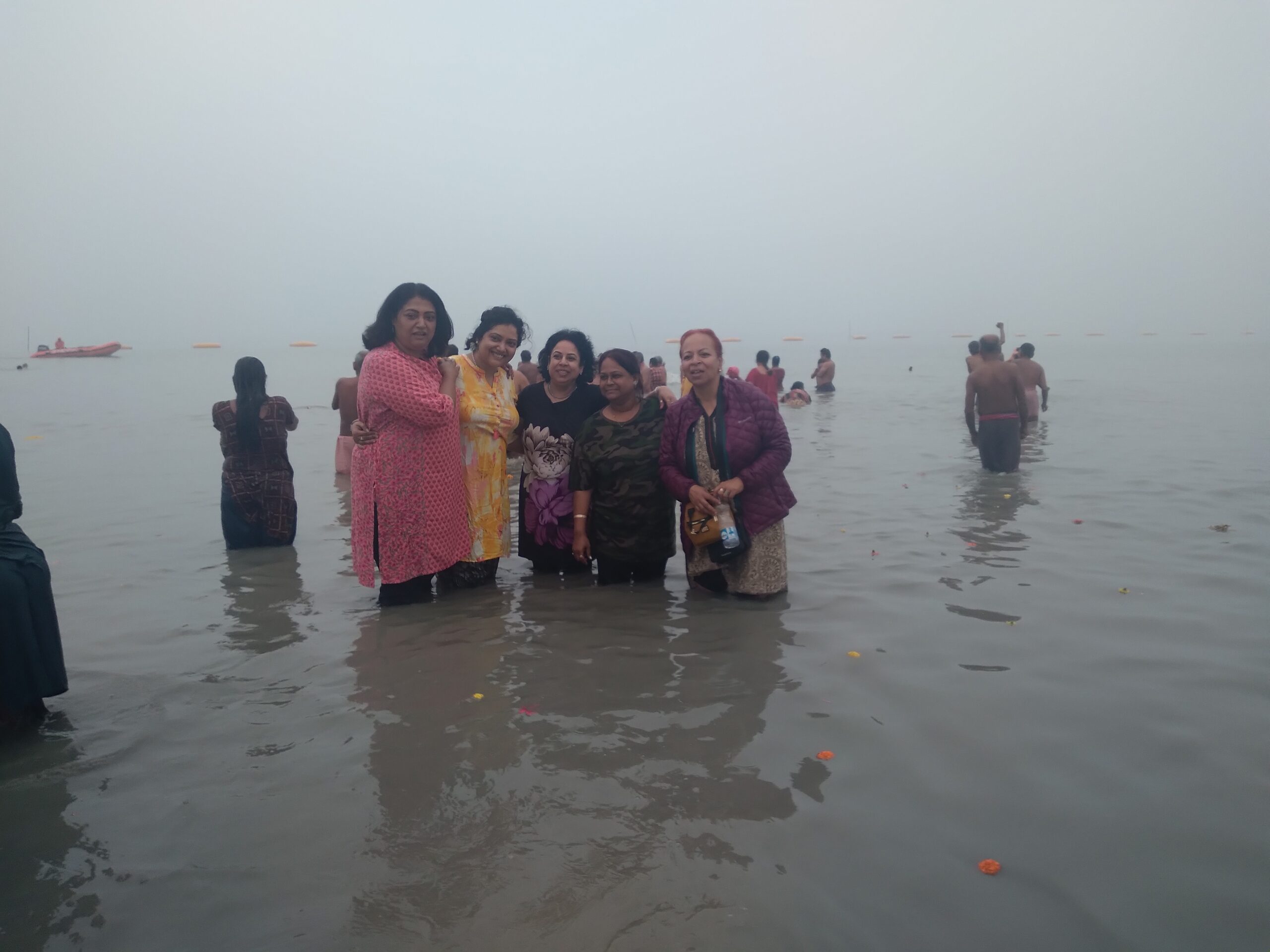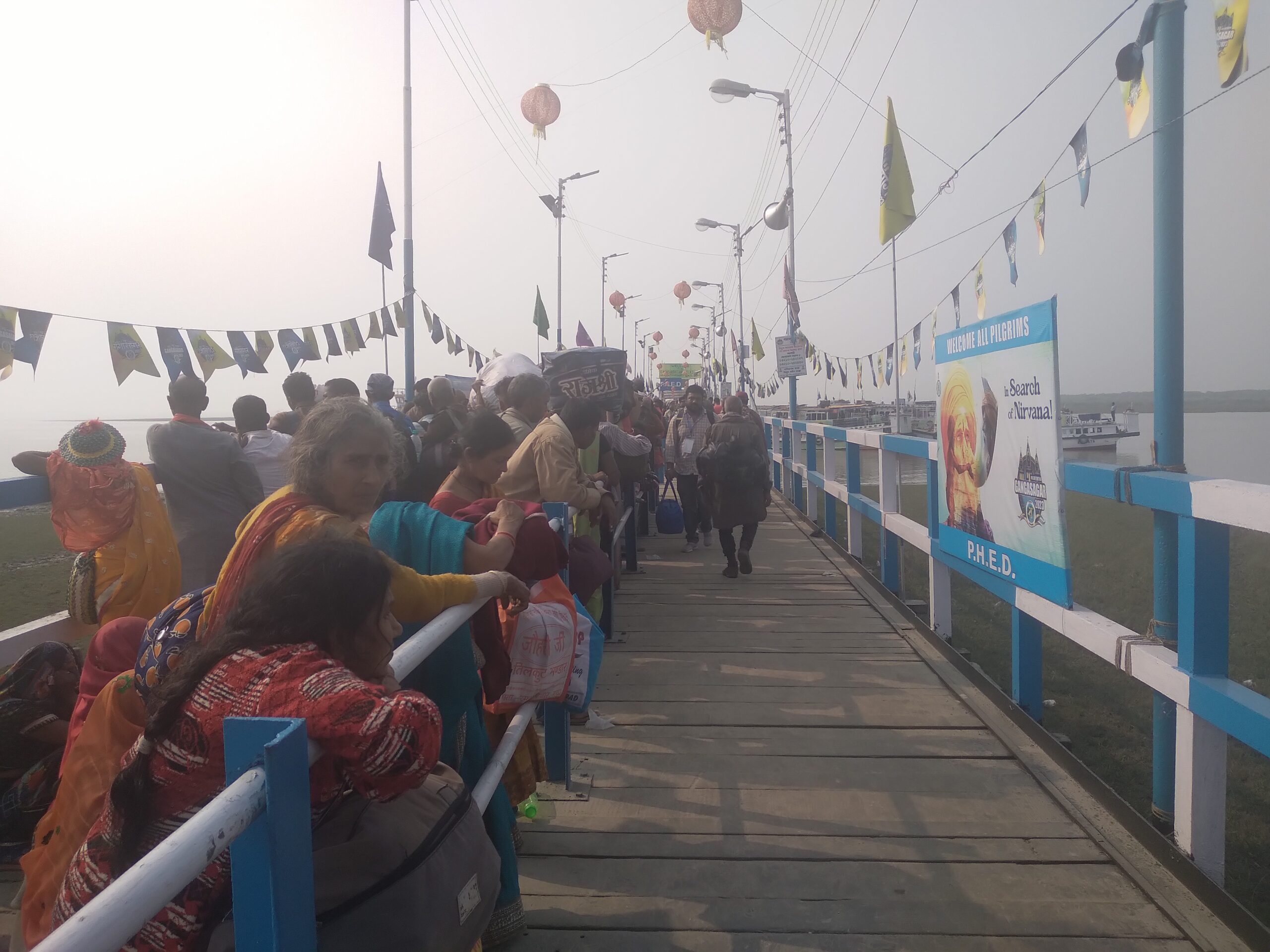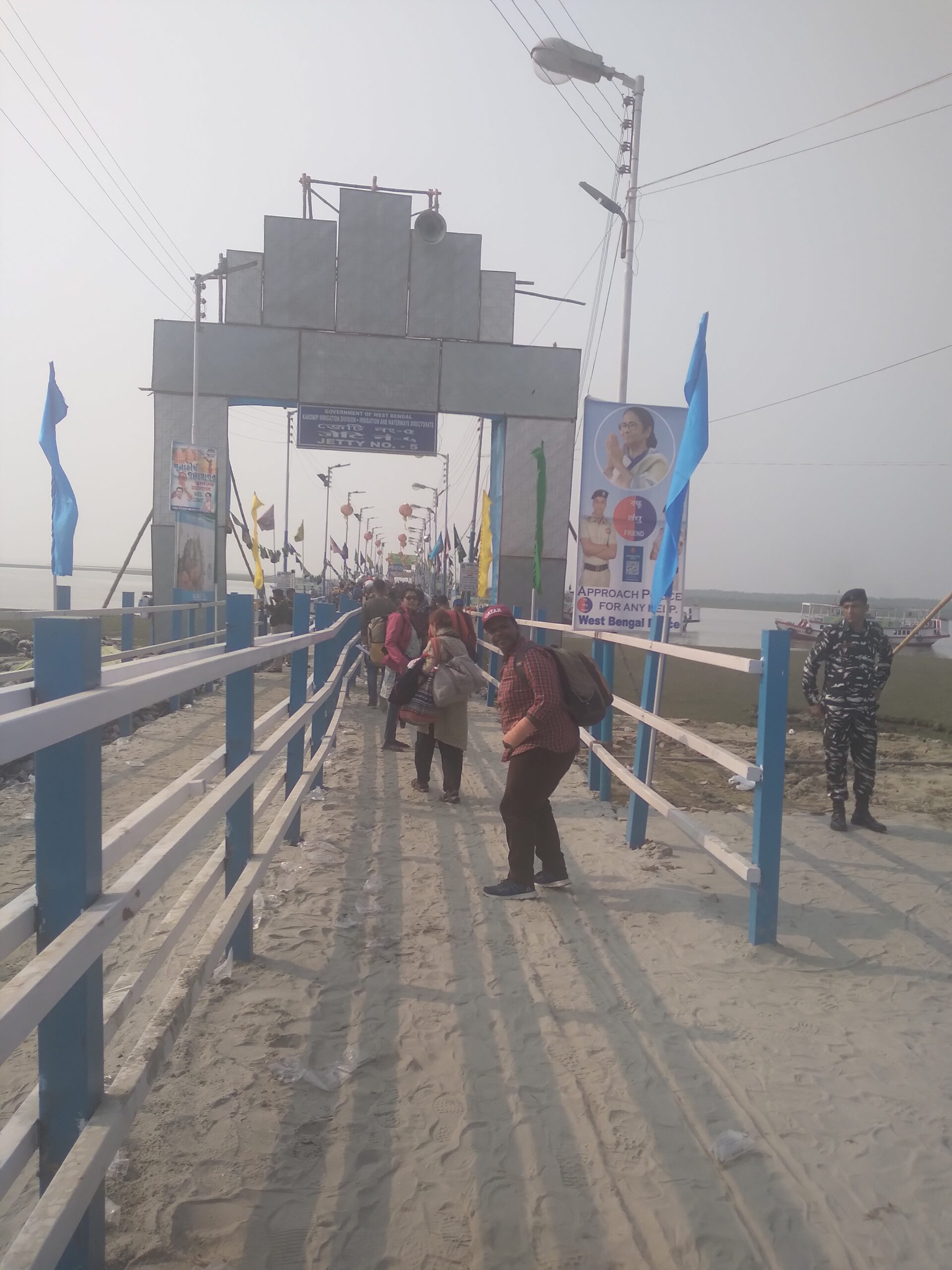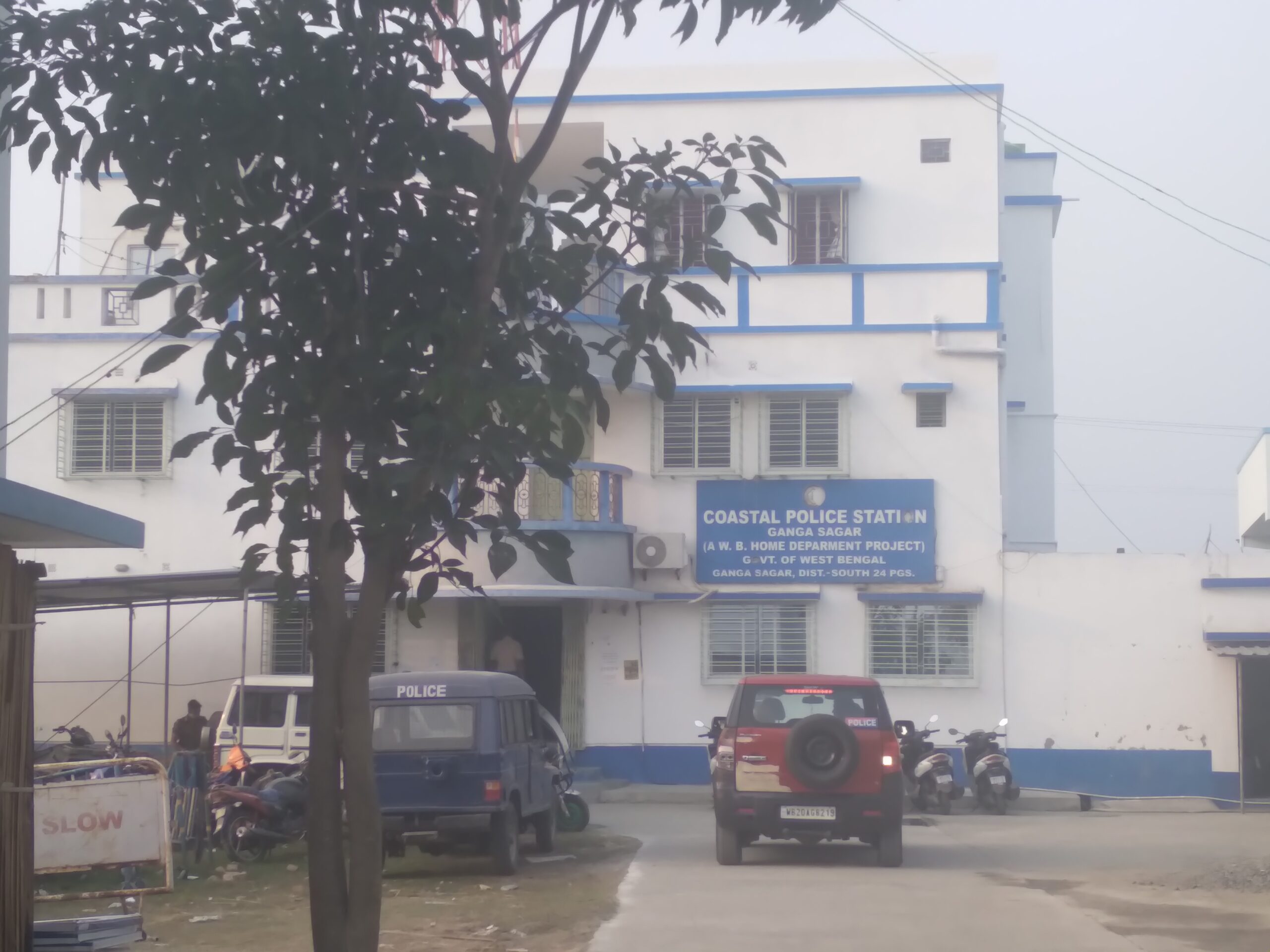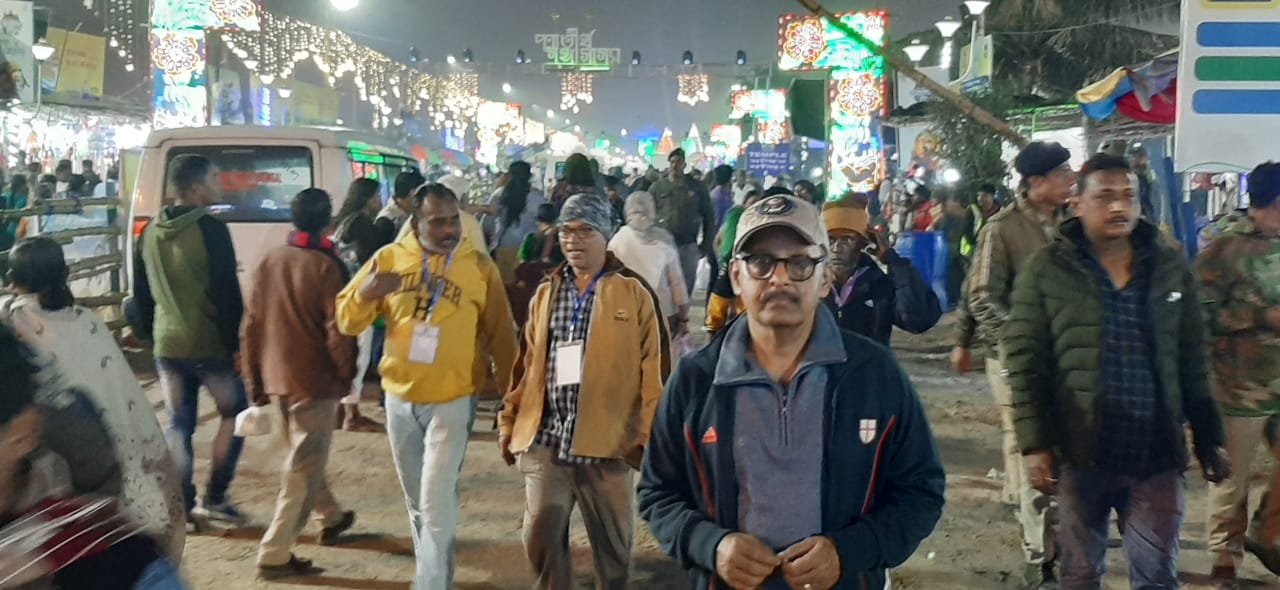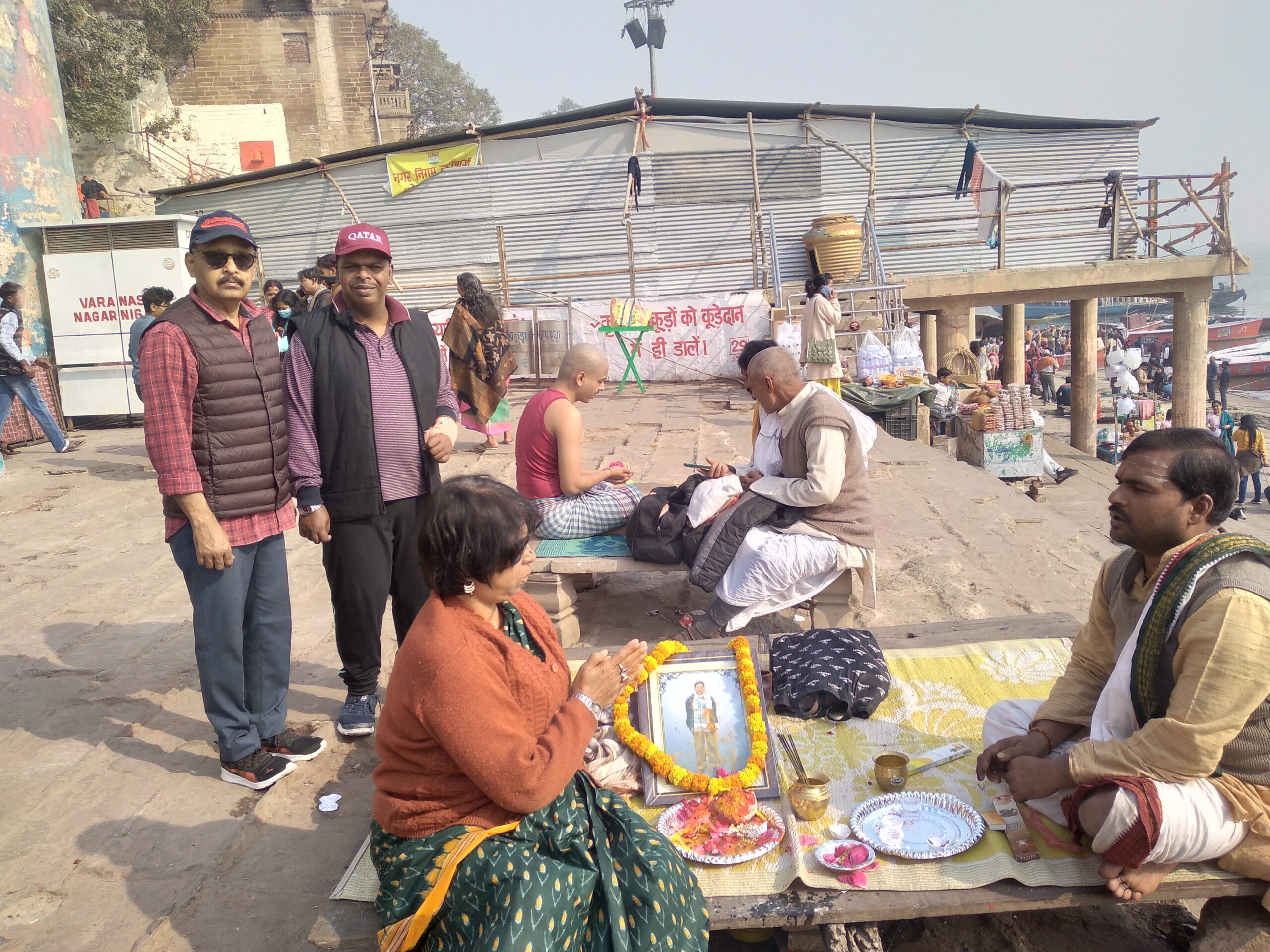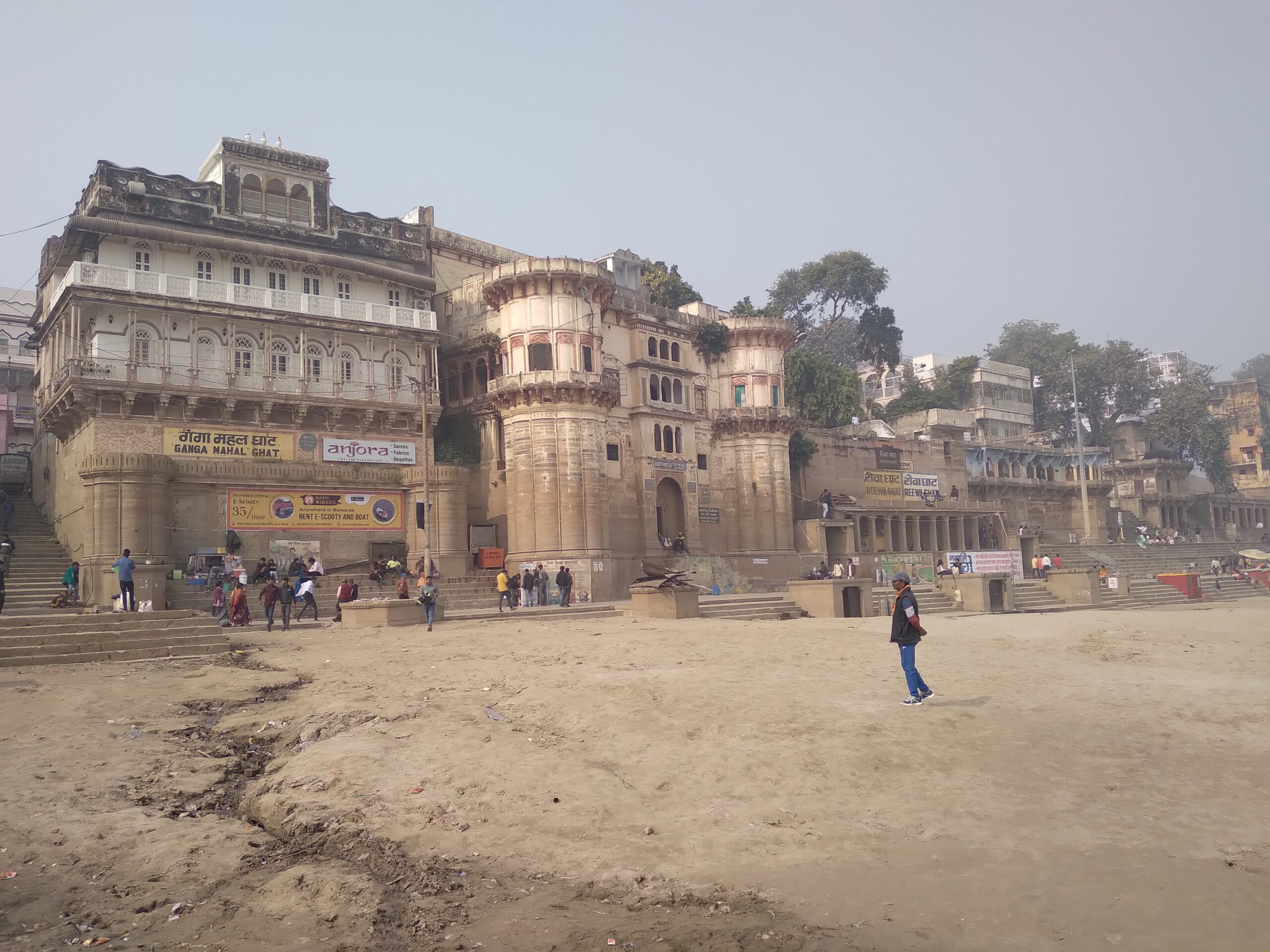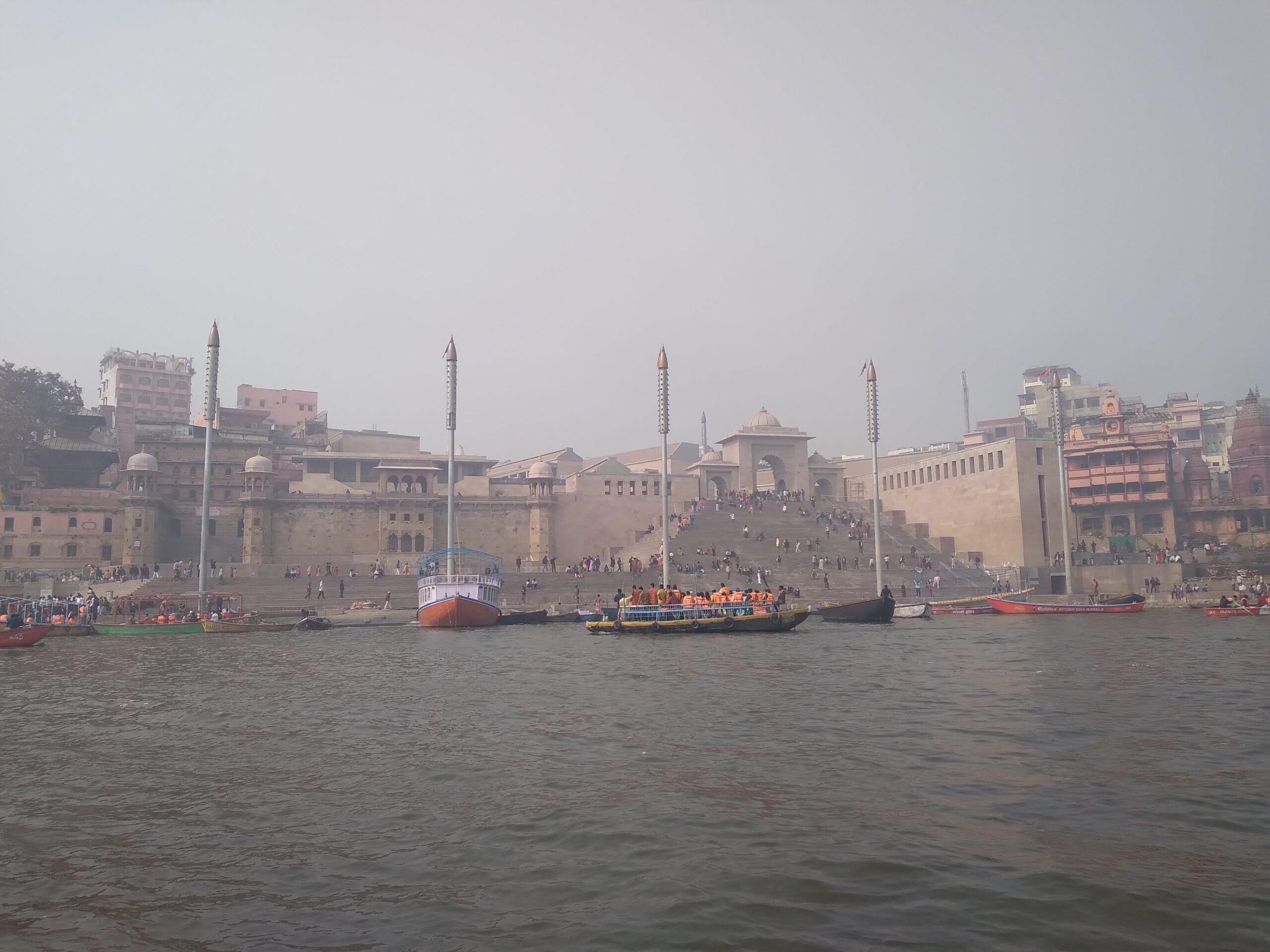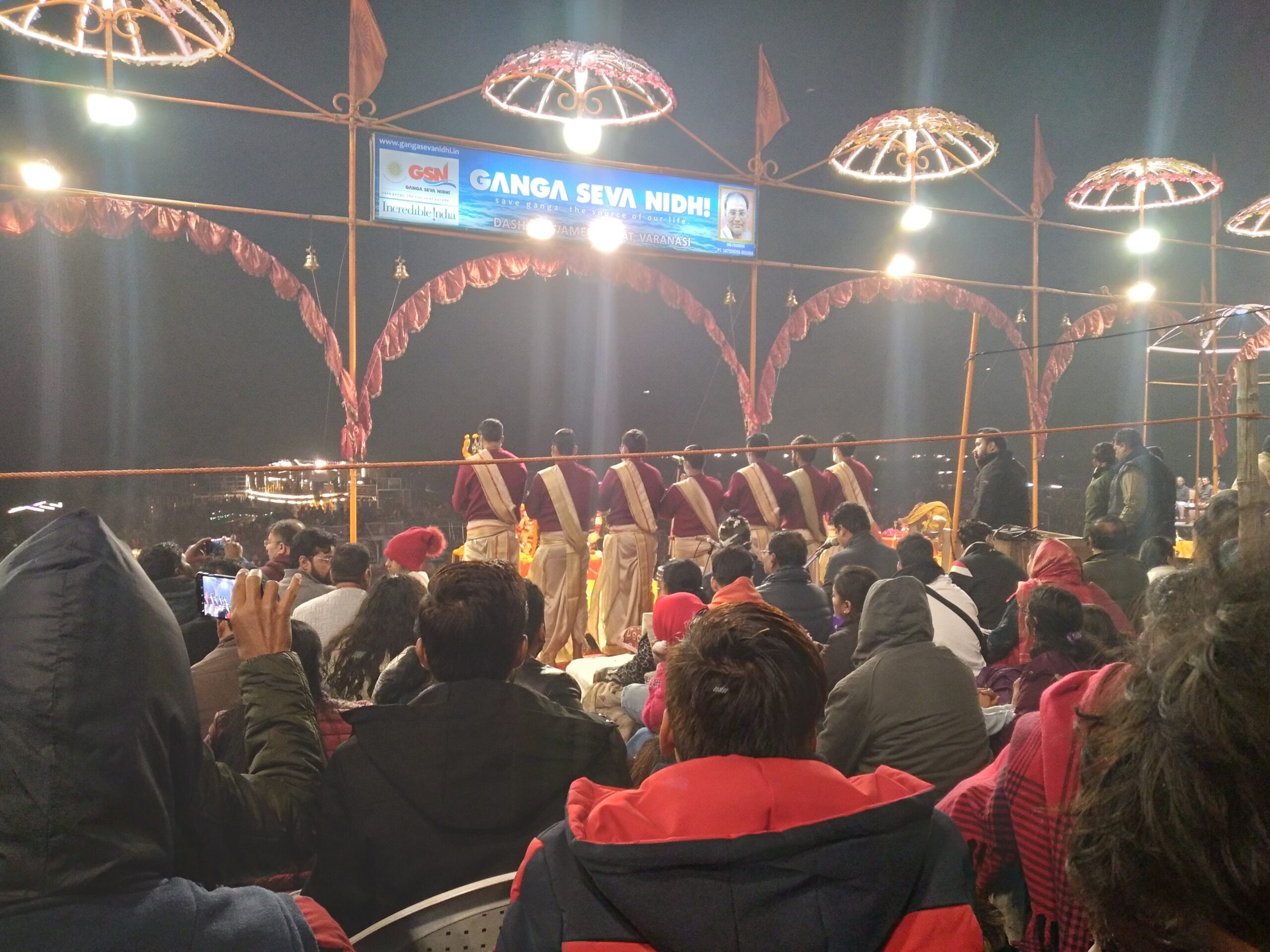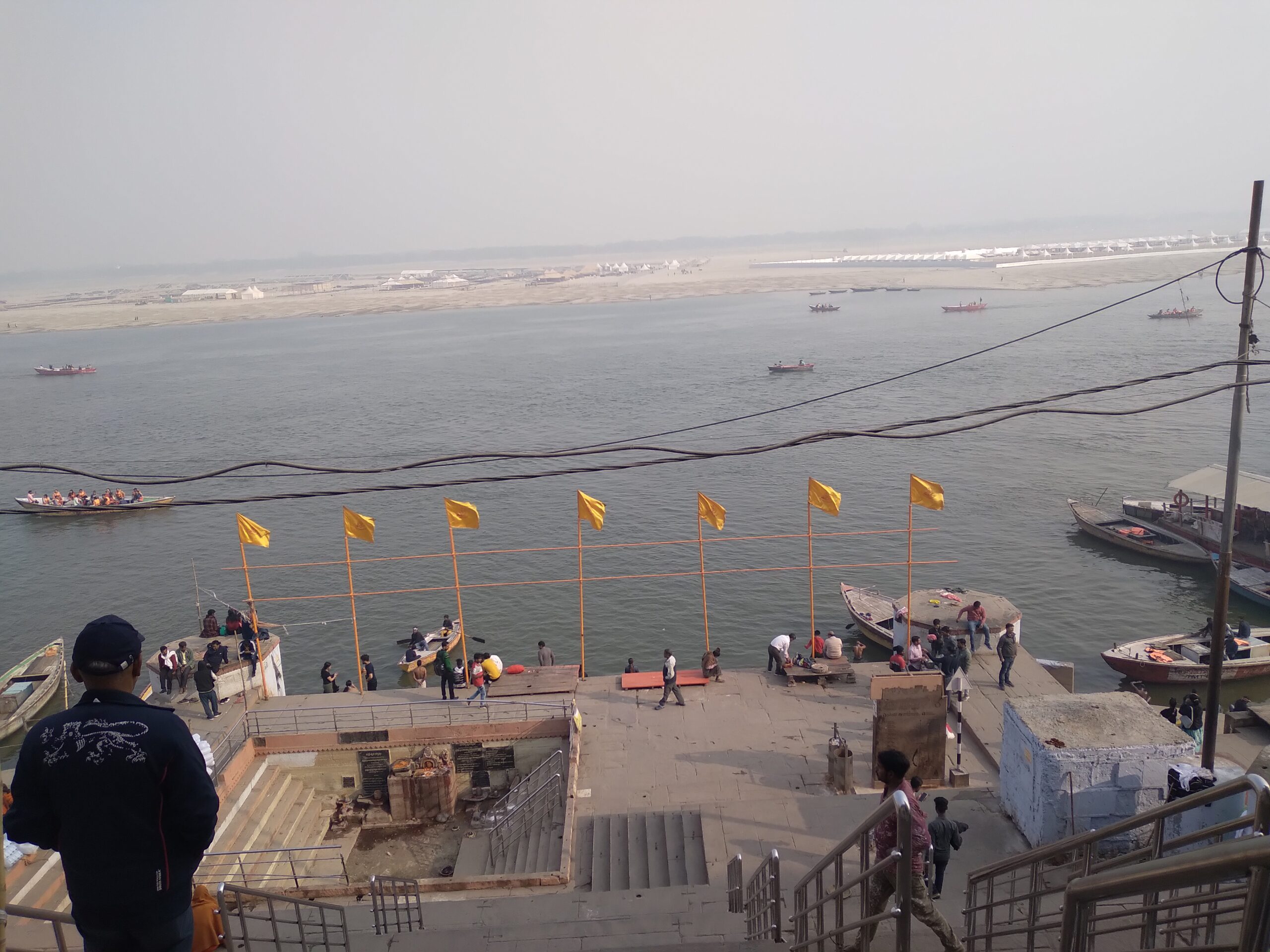Sunak takes chopper ride for short trip as UK economy gasps for breath
UK Prime Minister Rishi Sunak’s helicopter ride from London to Southampton, especially at a time when the country’s economy has been gasping for breath, came in for severe criticism from residents as well as netizens across the country. Sunak took the chopper for a trip to Southampton and back to London that would have taken just over an hour on train.
The incident has once again brought into sharp focus a serious issue whether our leaders are really in touch with everyday concerns, and whether they really bother about common people’s woes.
The UK economy had avoided recession by high inflation and worries about a weak growth outlook, the GDP increased by 0.1% between October and December after a preliminary estimate of no growth, according to official data which showed a boost to households’ finances from state energy bill subsidies but falling investment by businesses.
British economic output remained 0.6% below its level of late 2019, the only G7 economy not to have recovered from the COVID-19 pandemic.
The International Monetary Fund (IMF) had forecast in January that Britain would be the only Group of Seven major advanced economy to shrink in 2023, in large part because of an inflation rate that remains above 10%.
There are currently more than one million vacancies in the country, about three millions more than before the pandemic, and 21% of the working population is “economically inactive,” an increase of half a million since 2019, according to the Office for National Statistics.
Amid this gloomy economic scenario, Prime Minister Sunak’s chopper ride to a pharmacy in Southampton to promote healthcare policy has drawn sharp flak from the UK residents.
One of the residents justifiably slammed him as an “unelected billionaire” who used taxpayers’ money for the trip which could have been taken by train. One netizen lambasted the Prime Minister calling him ‘climate criminal’.
Price for a train journey from London to Southampton round trip is 30 pound (Rs3105) while the cost of a VIP chopper ride is 6,000 pound (Rs 6.21 lakh).
Sadly enough, the son-in-law of Infosys co-founder N.R. Narayana Murthy and Sudha Murthy, who is well-known for her charity and philanthropy, is using taxpayers’ money while the UK economy is in the doldrums. From a lavish mansion to a spacious sea-facing penthouse, Sunak and his wife Akshata Murthy own a couple of luxurious properties in the UK and the US.
The helicopter flight to the port city where he was raised is likely to add to the public perception that Sunak, whose net worth is 730 million pound, is hardly concerned with the problems of the masses.
Let’s take a look at Sweden. In Sweden, former PMs push shopping trolleys and mayors queue for public buses. The country doesn’t offer luxury or privileges to its politicians. Without official cars or private drivers, Swedish ministers and MPs travel in crowded buses and trains, just like ordinary citizens. They don’t have any right to parliamentary immunity; they can be tried like any other person. With no private secretaries at the door, their bare-bones parliamentary offices are as small as eight square metres.
No one in public life earns an obscene multiple-digit salary: the take-home pay of a member of the Riksdag (Swedish parliament) is approximately two times more than what an elementary school teacher earns on average.
Dutch Prime Minister Mark Rutte uses cycle to reach his office. He makes the journey by bike as often as possible for sustainable development impact. “I didn’t cycle a lot for 10 years. But for the past two years, I’ve had my own bike again and, when the weather allows, I travel into the office that way,” he had told the World Economic Forum in 2019.
Netherlands lives up to its cyclist-friendly reputation and has the most bicycles per capita of any country in the world.
Well, if we look at the life style of today’s political leaders we notice most of them use expensive cars, wear costly suit or specs and are guarded by a wall of security at the expense of public money.
Indian Prime Minister Narendra Modi’s monogrammed suit has entered the Guinness World Records after his two-piece suit with his full name vertically embroidered on the fabric multiple times to resemble golden pinstripes, was sold at an auction for Rs 4.31 crore in Surat in 2015, making it the most expensive suit ever auctioned. Reports say the suit was worth Rs 10 lakh.
We have seen billionaire politicians like Donald Trump, former New York City mayor Michael Bloomberg, Chilean President Sebastian Pinera and former Italian Prime Minister Silvio Berlusconi, to name a few.
It’s not easy to achieve, but simplicity should be a vital goal while serving the public. Remember former Indian Prime Minister Lal Bahadur Shastri (1964-1966) and his simplicity, humility and tolerance? A man of the masses, Shastri-ji was driven by principles only while today’s politicians are driven by lust for power and pelf.
When former interim Prime Minister Gulzarilal Nanda had died in Ahmedabad on January 15, 1998, his family needed just one bag to pack his belongings.
Only time will tell when we’ll be able to get rid of the power-hungry, corrupt and dishonest politicians, who are fleecing common people with false promises, hypocrisy and double-speak.
